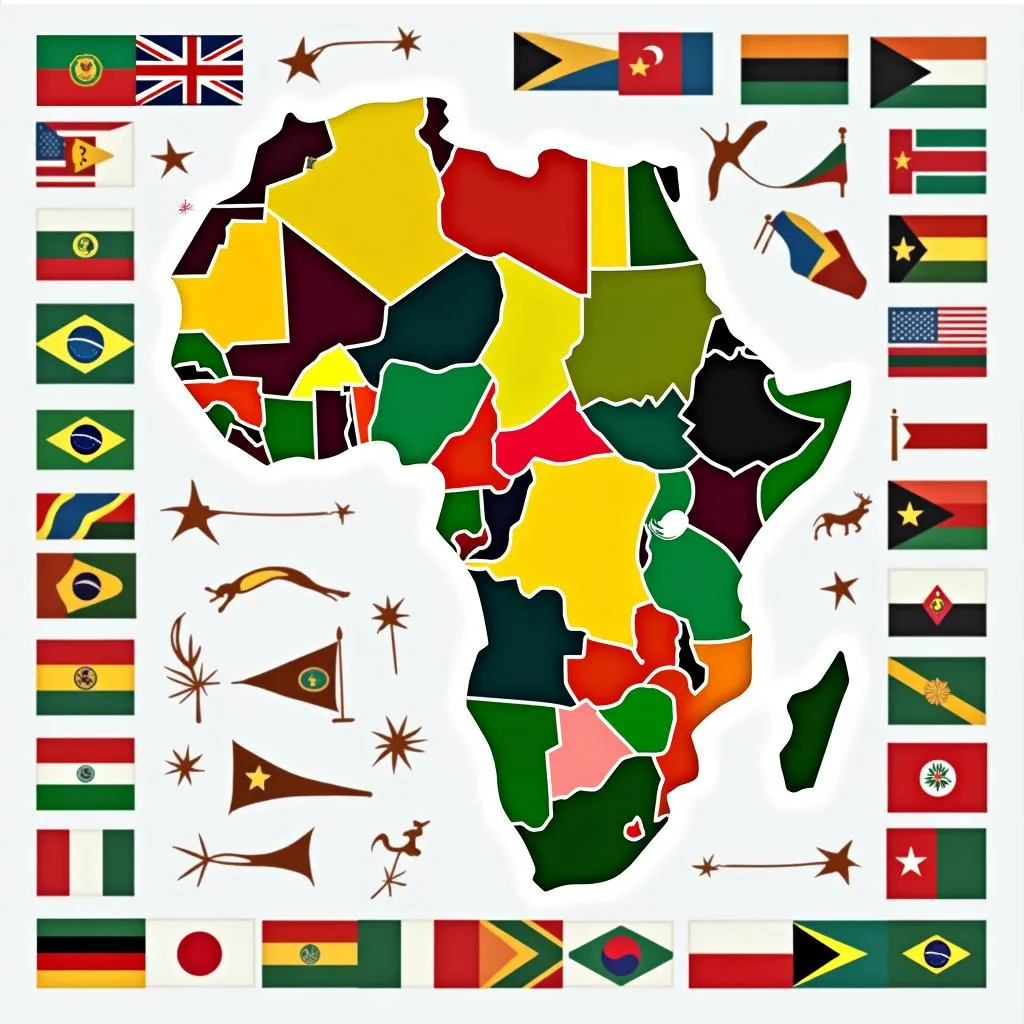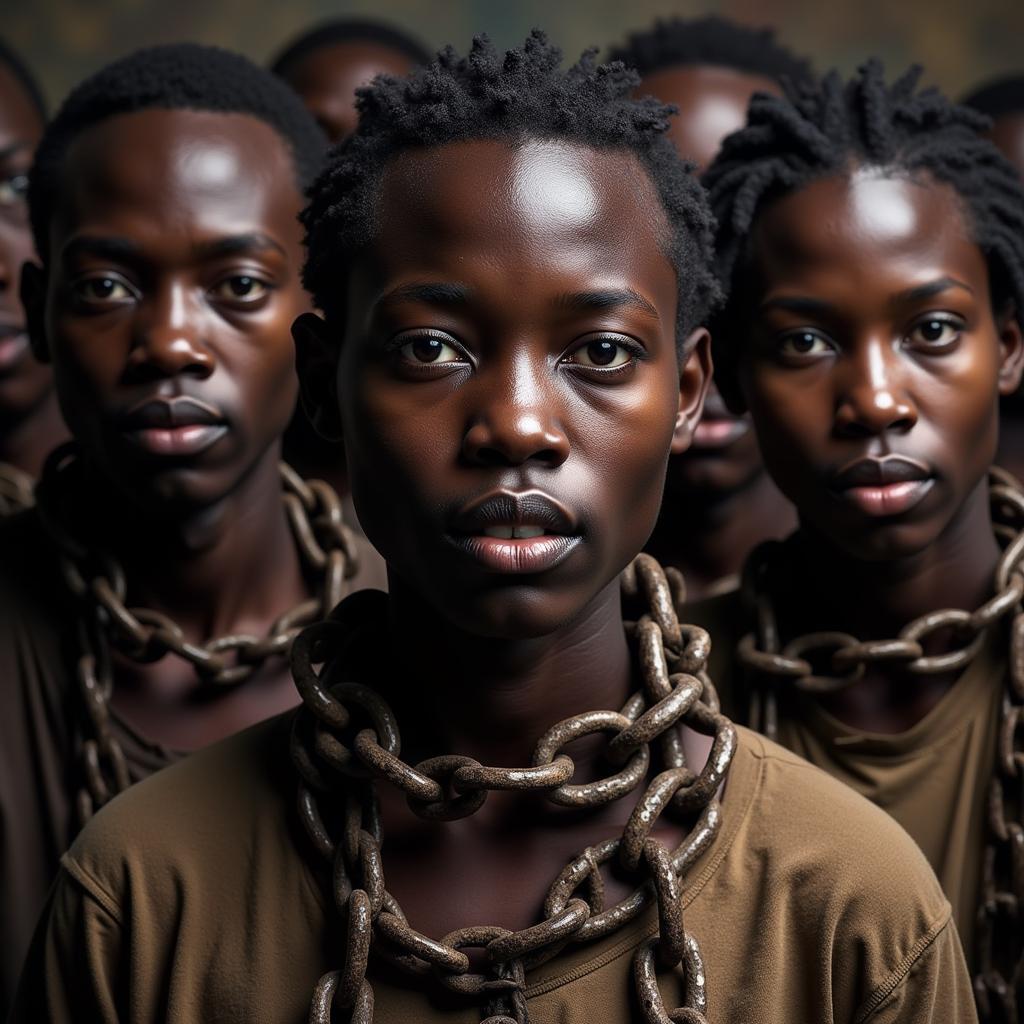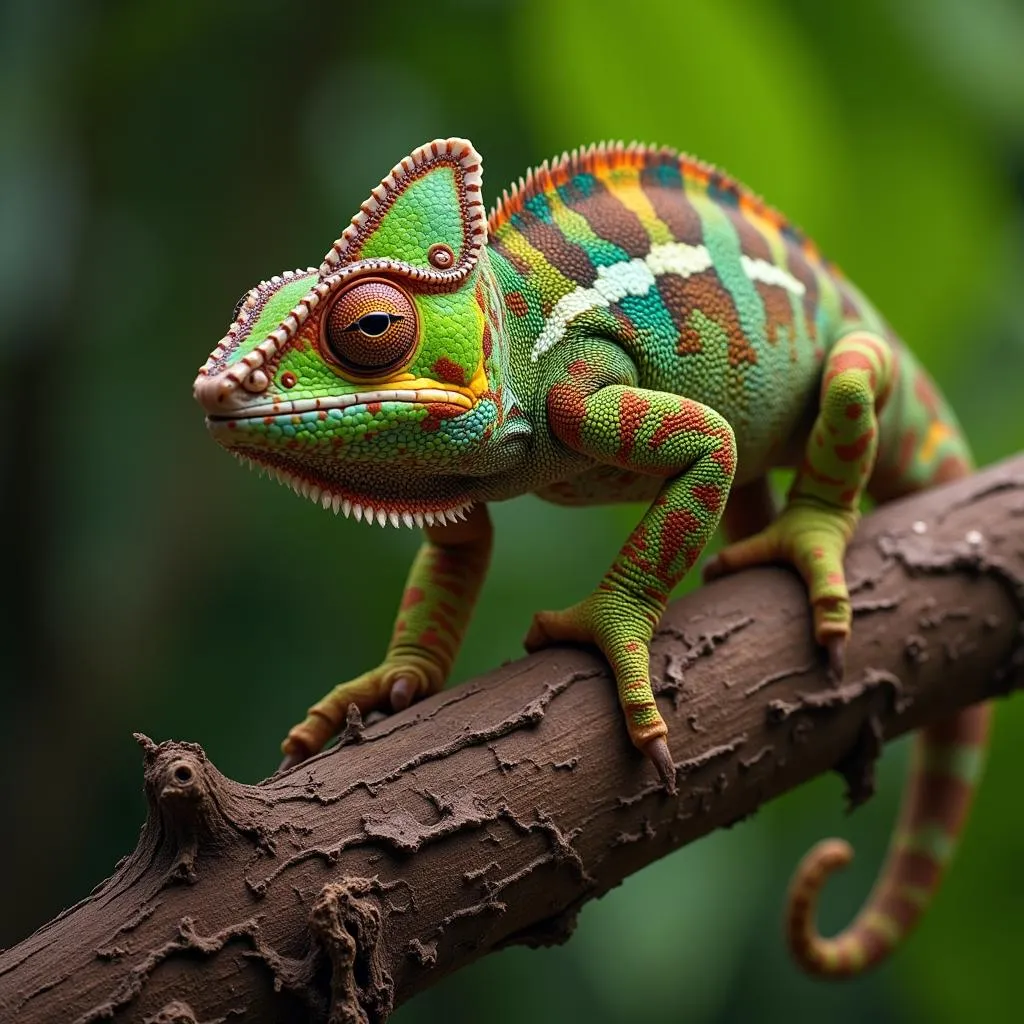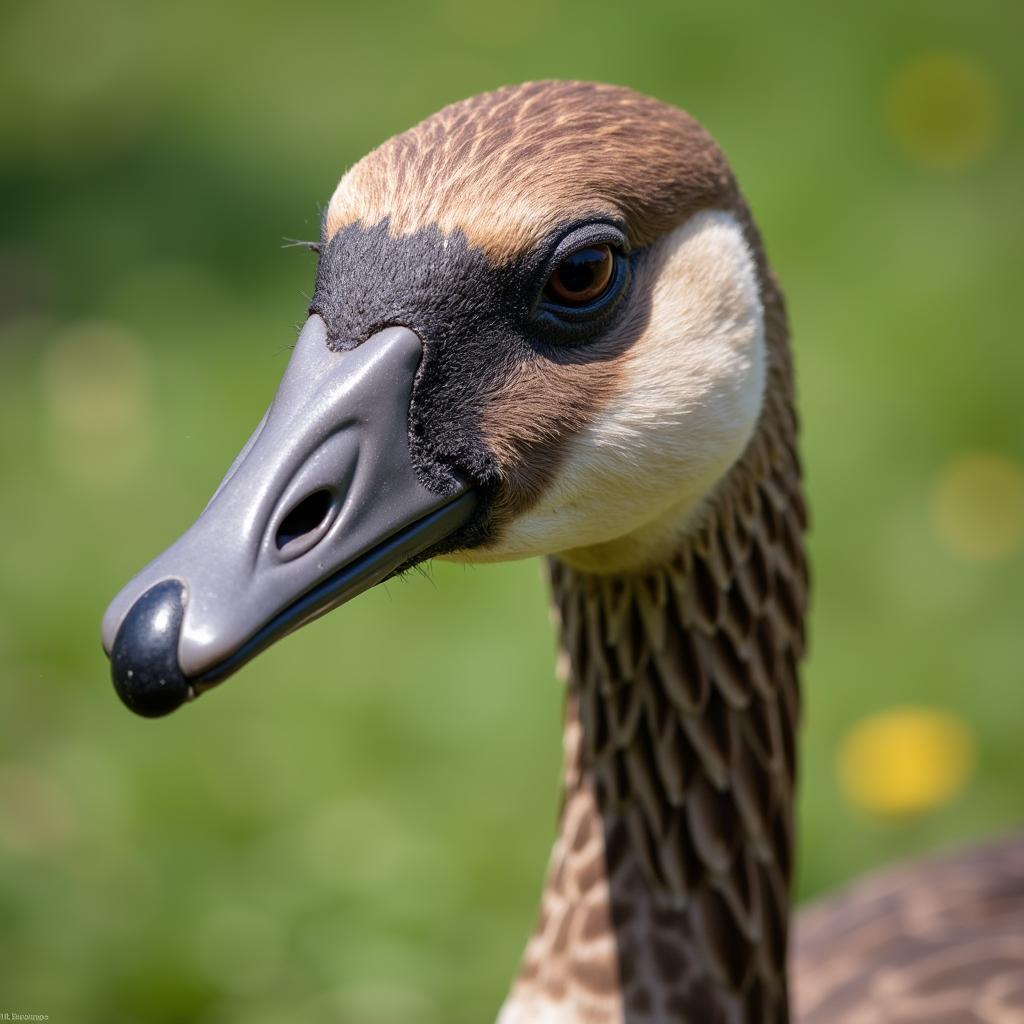The Ultimate Guide to African Braid Hairstyles for Men
African braid hairstyles for men have been a symbol of cultural pride, creativity, and style for centuries. From the intricate cornrows of the Maasai warriors to the elaborate Fulani braids adorned with beads and cowries, these hairstyles are more than just a way to manage hair; they are a form of art that reflects the rich heritage and diversity of the African continent. Whether you’re looking for a low-maintenance style or a statement-making look, there’s an African braid hairstyle that’s perfect for you.
A Rich History of African Braid Hairstyles
The history of African braiding can be traced back thousands of years, with evidence of its existence in ancient civilizations like Egypt and Nubia. Braids were not just a fashion statement but also a way to communicate social status, age, tribe, and even spiritual beliefs. Different braiding patterns and styles held specific meanings, conveying messages about the wearer’s identity and place in society.
For example, warriors often sported specific braids that indicated their rank and prowess in battle, while married women might wear different styles than unmarried women. The complexity and intricacy of a braid could also be a symbol of wealth and leisure, as it took a skilled braider hours, if not days, to create elaborate designs.
Exploring Popular African Braid Hairstyles for Men
Today, African braid hairstyles for men have evolved into a diverse and dynamic form of self-expression. From classic cornrows to modern twists, there’s a style to suit every hair type and taste. Here are some of the most popular options:
-
Cornrows: These tight, close-to-the-scalp braids are a classic choice for their versatility and low-maintenance nature. They can be styled in straight rows, curved patterns, or intricate designs, offering endless possibilities for personalization.
-
Box Braids: As the name suggests, box braids are characterized by their square-shaped sections. They are a popular choice for their durability and ability to protect natural hair. Box braids can be worn in various lengths and thicknesses, allowing for a range of styles from subtle to bold.
-
Fulani Braids: Originating from the Fulani people of West Africa, these braids are known for their intricate patterns, often featuring a central braid that runs down the middle of the head with several smaller braids braided away from the face. They are often adorned with beads, rings, and other accessories for a statement-making look.
-
Two Strand Twists: A simple yet stylish option, two-strand twists involve twisting two sections of hair together to create a rope-like effect. They are a great choice for men with shorter hair who want a low-maintenance style.
Maintaining Your African Braid Hairstyle
Proper maintenance is essential for keeping your African braid hairstyle looking its best. Here are some tips to help you extend the life of your braids:
-
Keep your scalp clean: A clean scalp is crucial for healthy hair growth. Wash your braids regularly with a gentle, sulfate-free shampoo and conditioner.
-
Moisturize your hair and scalp: Braids can dry out your hair, so it’s important to moisturize your scalp and braids regularly with a water-based moisturizer or hair oil.
-
Protect your braids at night: Sleeping on a satin pillowcase or wearing a satin bonnet can help to prevent frizz and breakage.
-
Avoid excessive tension: Braids that are too tight can damage your hair and scalp. Make sure your braids are snug but not painful.
-
Get regular touch-ups: Depending on your hair type and braiding style, you may need to get your braids retouched every 4-6 weeks to maintain their neat appearance.
Beyond Style: The Cultural Significance of African Braids
It’s important to remember that African braid hairstyles are more than just a fashion statement. They are a deep-rooted part of African culture and identity. When wearing braids, it’s important to do so with respect and appreciation for the history and significance behind them.
Avoid cultural appropriation by being mindful of the origins of the hairstyle you choose and by not wearing braids in a way that is disrespectful or offensive. Instead, embrace the opportunity to learn more about the rich cultural heritage of African braid hairstyles and the stories they tell.
Embracing Your Unique Style with African Braids
African braid hairstyles for men offer a unique and expressive way to embrace your individuality. Whether you’re drawn to the classic simplicity of cornrows, the intricate patterns of Fulani braids, or the modern twist of two-strand twists, there’s a style that can complement your personality and enhance your features.
Don’t be afraid to experiment with different styles, colors, and accessories to find what works best for you. A skilled braider can help you create a look that is both stylish and authentically you.
Conclusion
African braid hairstyles for men are a testament to the creativity and ingenuity of African culture. They are more than just hairstyles; they are a form of art, a statement of identity, and a celebration of heritage. By embracing these styles, we not only enhance our own beauty but also keep a rich cultural tradition alive. So, whether you’re looking for a low-maintenance style or a statement-making look, consider exploring the world of African braid hairstyles for men.
FAQ
1. How long do African braids last?
African braids can last anywhere from 4 to 8 weeks, depending on your hair type, braiding style, and maintenance routine.
2. Do African braids damage your hair?
When done properly by a skilled braider, African braids should not damage your hair. However, braids that are too tight or left in for too long can cause breakage and damage to your scalp.
3. Can I swim with African braids?
You can swim with African braids, but it’s important to protect them from chlorine and saltwater. Rinse your braids with fresh water after swimming and consider wearing a swim cap.
4. How much do African braids cost?
The cost of African braids varies depending on the braiding style, hair length, and location. It’s best to consult with a local braider for a price estimate.
5. Can I braid my own hair?
Braiding your own hair can be challenging, especially for more intricate styles. If you’re a beginner, it’s recommended to seek the services of a professional braider.
Need Help?
For assistance with your African braid hairstyle, contact us at +255768904061, email us at [email protected], or visit us at Mbarali DC Mawindi, Kangaga, Tanzania. Our team is available 24/7 to answer your questions and help you achieve your desired look.
Related Articles:
- The History of African Braiding: Delve deeper into the rich cultural origins and traditions of African braiding.
- Choosing the Right African Braid Style for You: Discover a wide range of African braid styles and find the perfect one for your hair type and personal style.
- Caring for Your Natural Hair: Learn how to maintain the health and vitality of your natural hair while wearing braids.
We’re here to help you embrace the beauty and versatility of African braid hairstyles.




